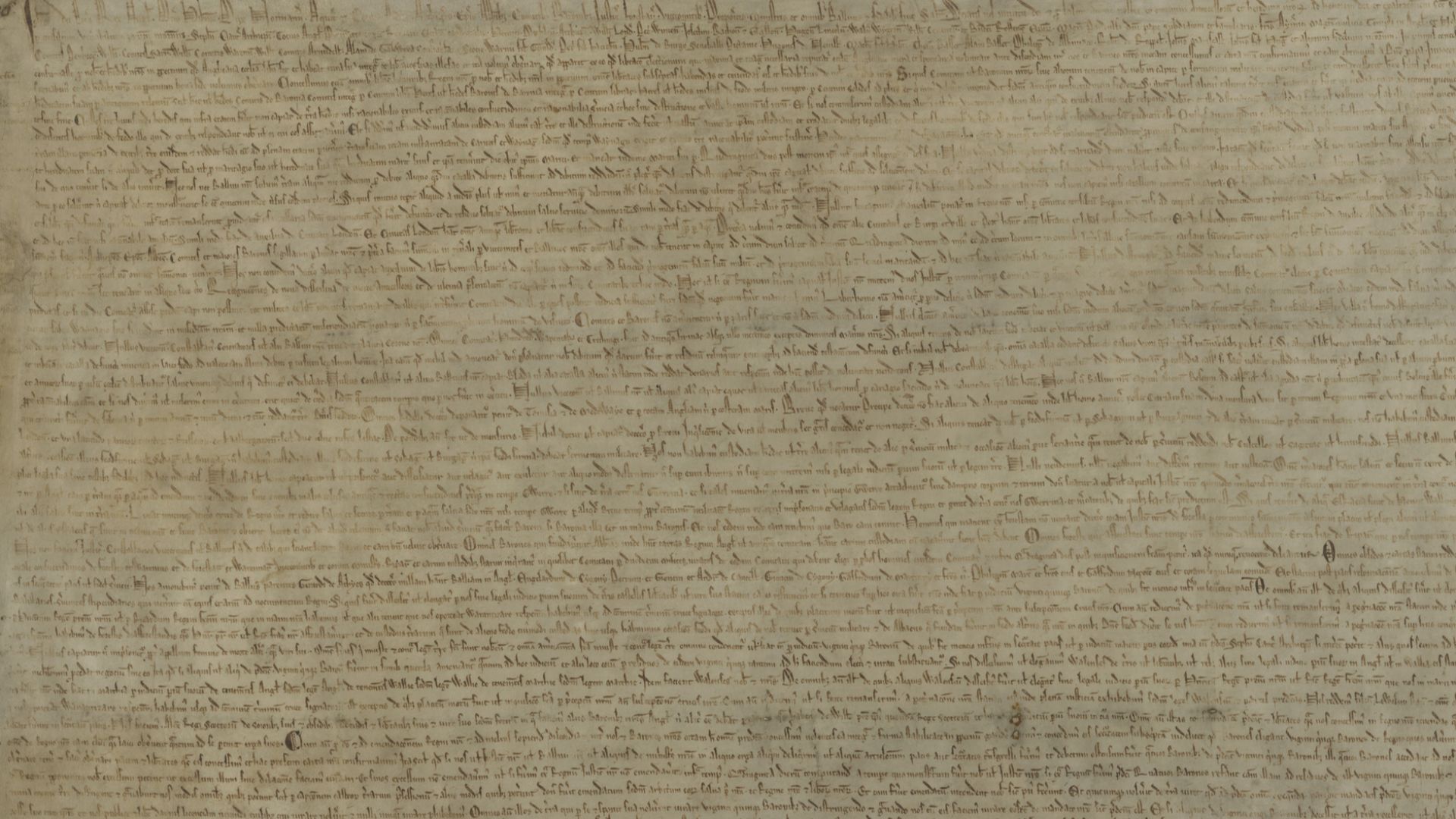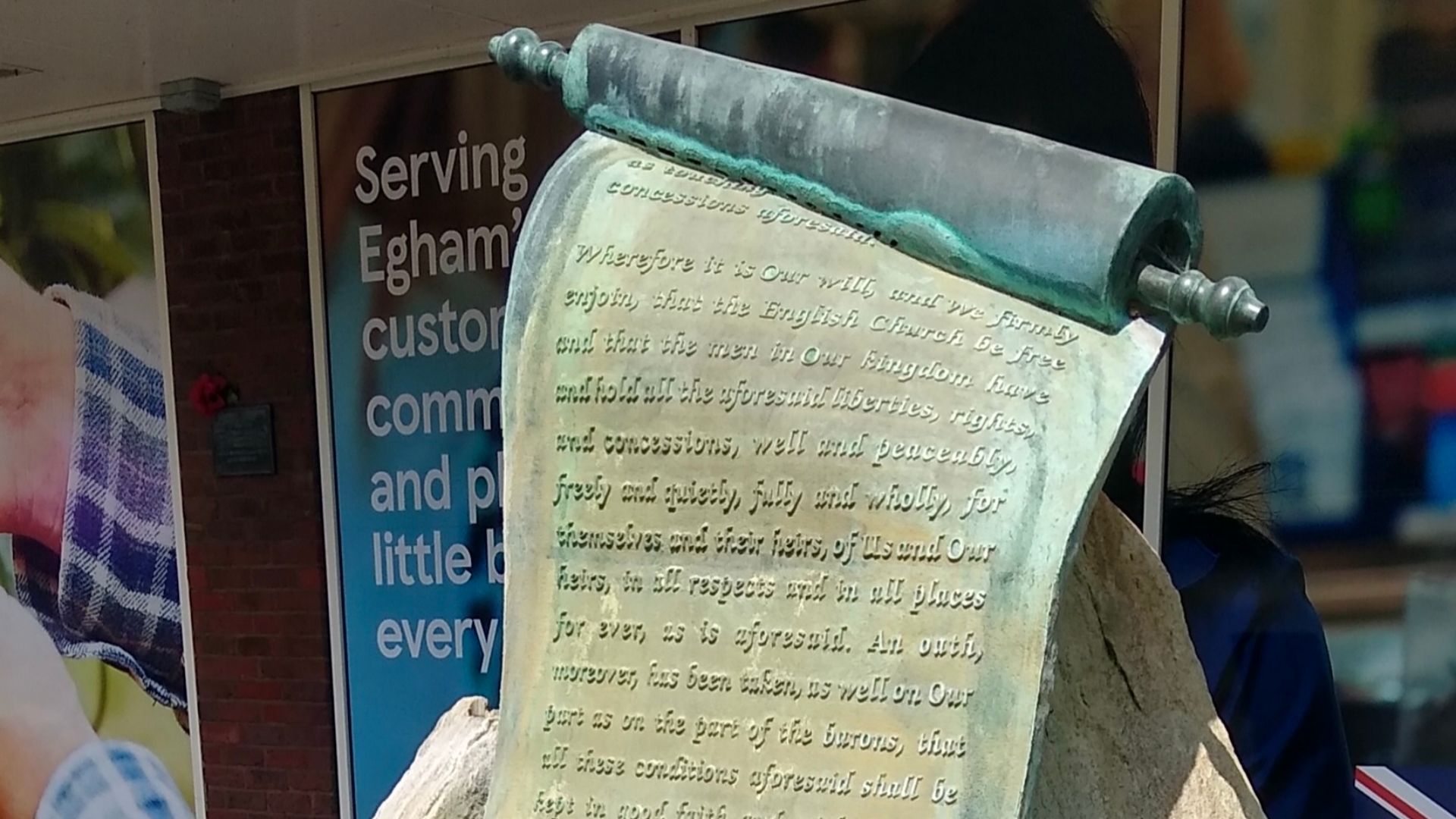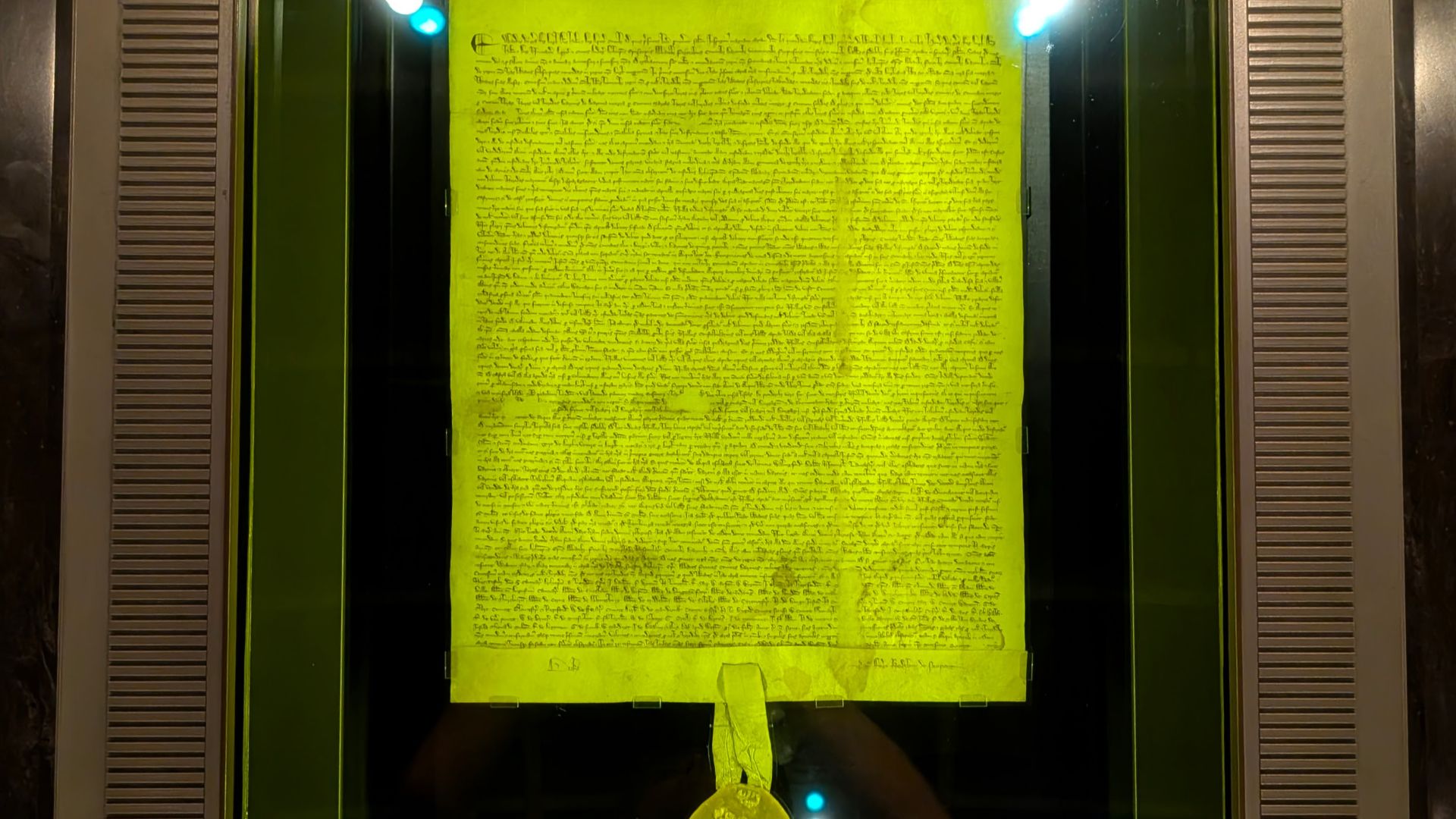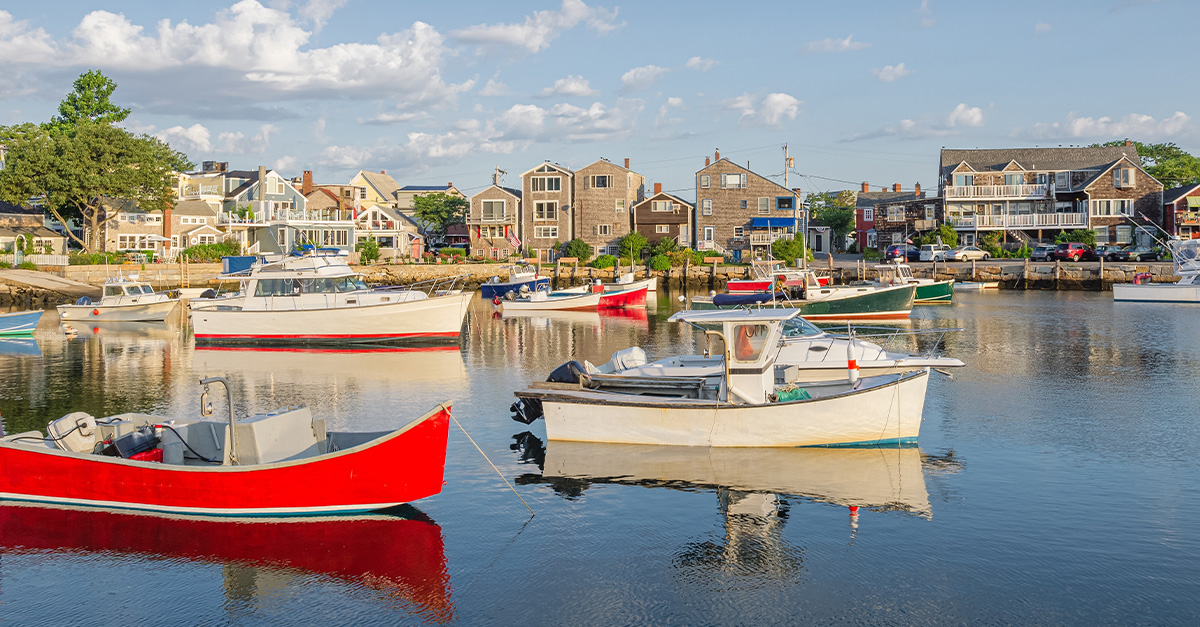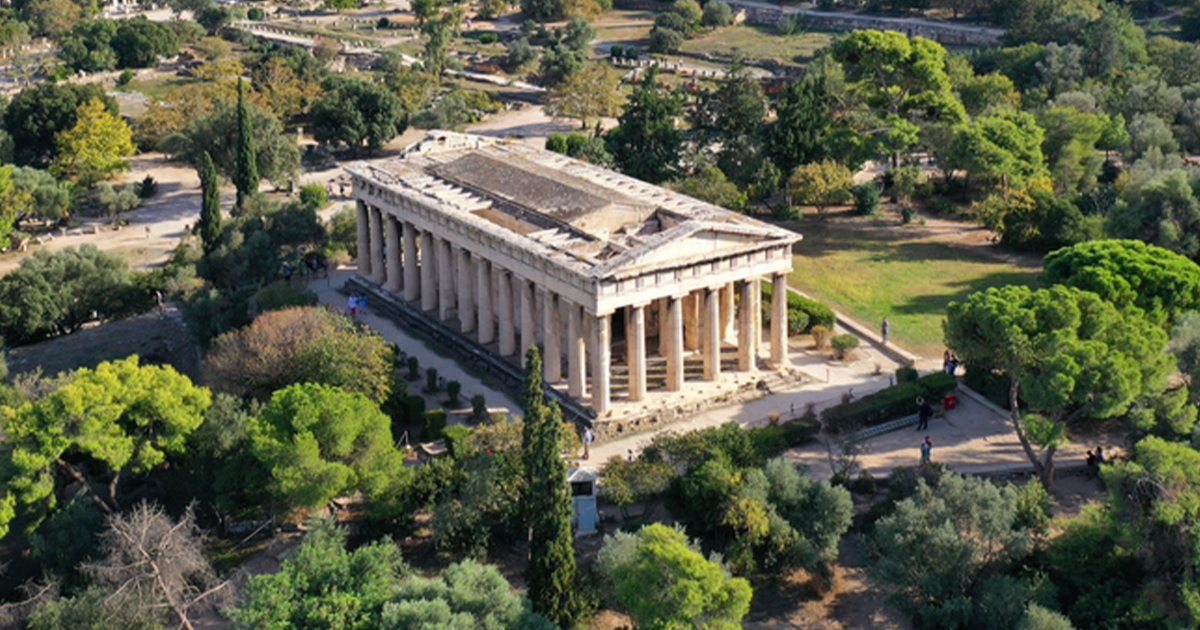A Magn-Amazing Purchase
A copy of the Magna Carta purchased over 70 years ago has just been revealed to be worth a whole lot more than what someone paid for it back in 1946. How much more? You won't believe it...
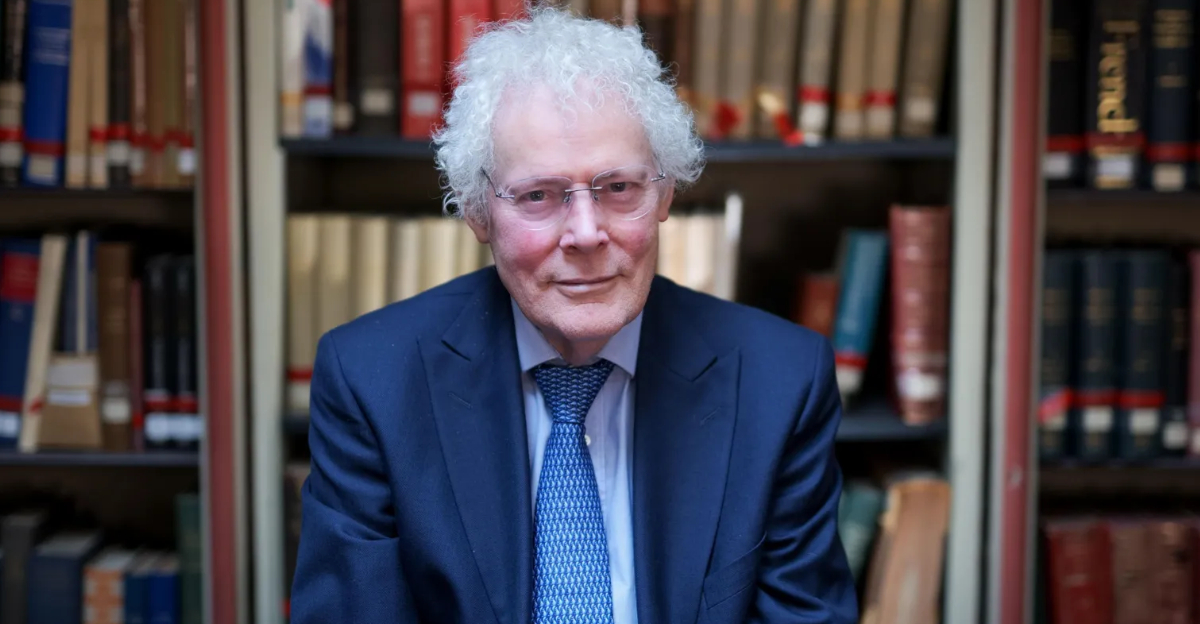 The Purchase
The Purchase
Back in 1946, the Harvard Law School purchased a "copy" of the Magna Carta from a London book dealer for $27.50. For those curious about the inflation price: In 2025 dollars, that was a $470 purchase.
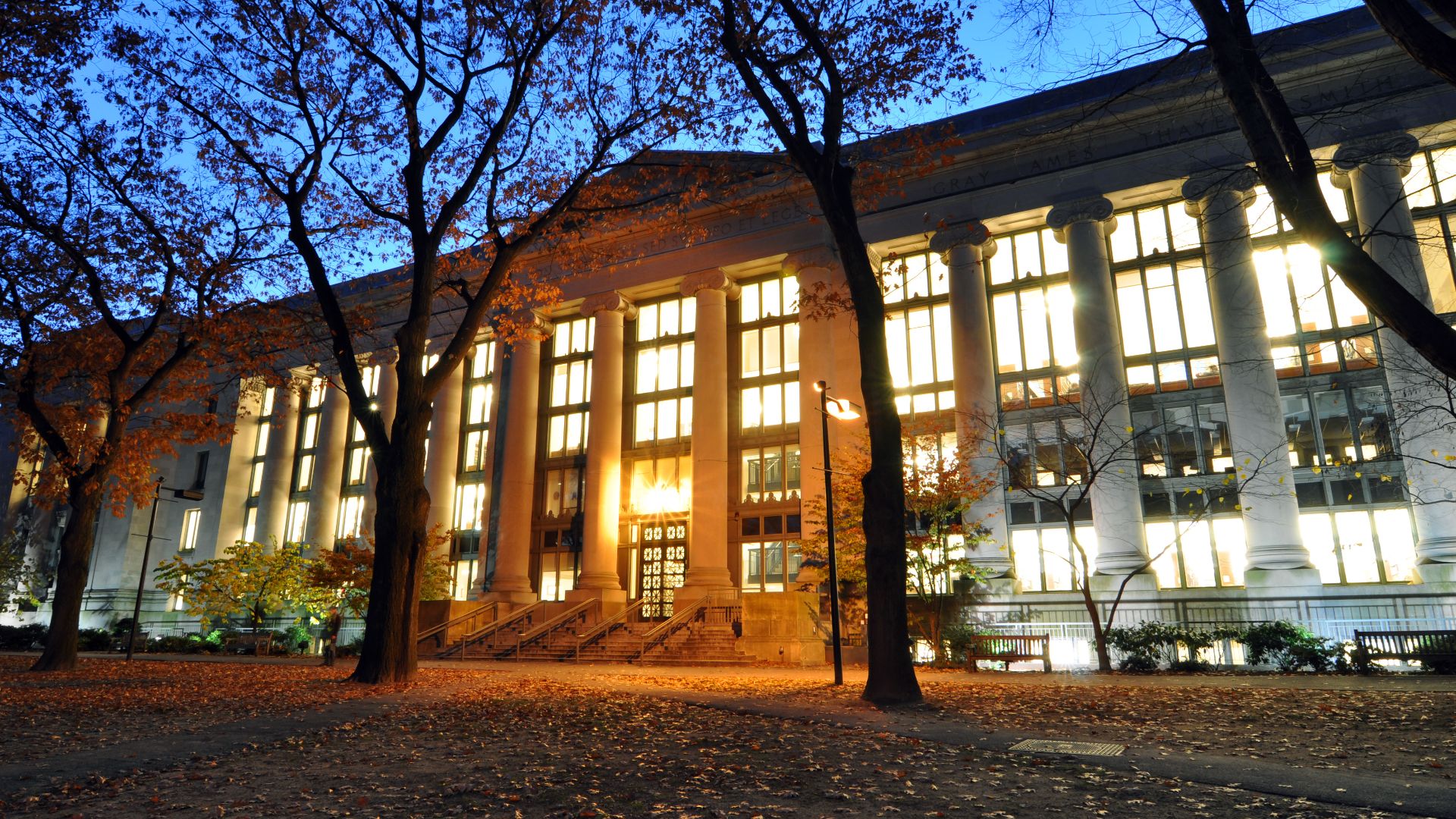 Chensiyuan., Wikimedia Commons
Chensiyuan., Wikimedia Commons
What Is The Magna Carta?
Just briefly, for those who recognize the name but aren't quite sure what it actually is: The Magna Carta (the "Great Charter" in Latin) is a royal charter of rights agreed to by King John of England in 1215.
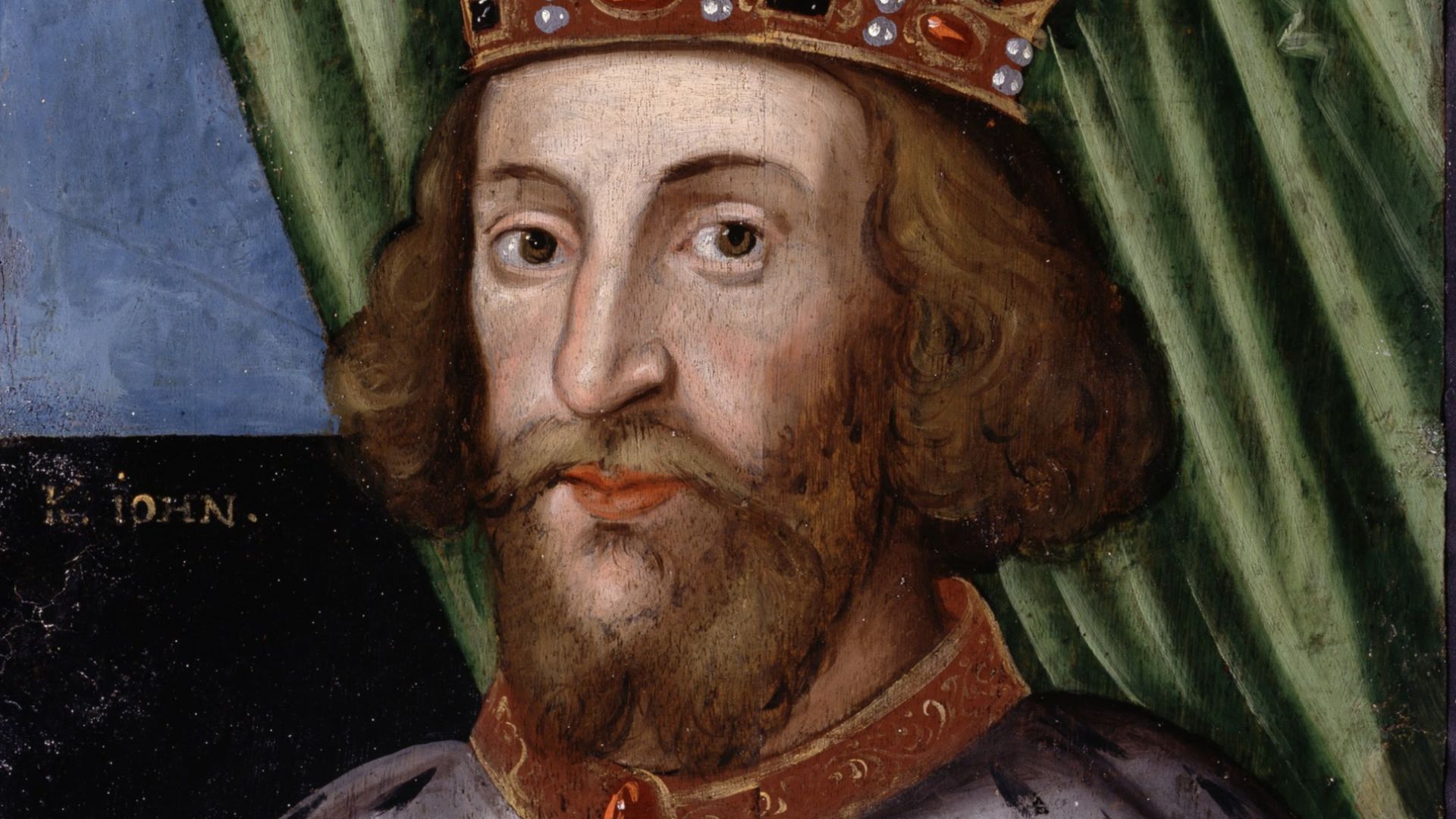 British – School Details on Google Art Project, Wikimedia Commons
British – School Details on Google Art Project, Wikimedia Commons
Why?
How did the Magna Carta come about? Well, you see, King John was not very popular with a group of barons who were rebelling against the crown and demanding that he confirm the Charter of Liberties (a written proclamation by Henry I of England, issued in 1100).
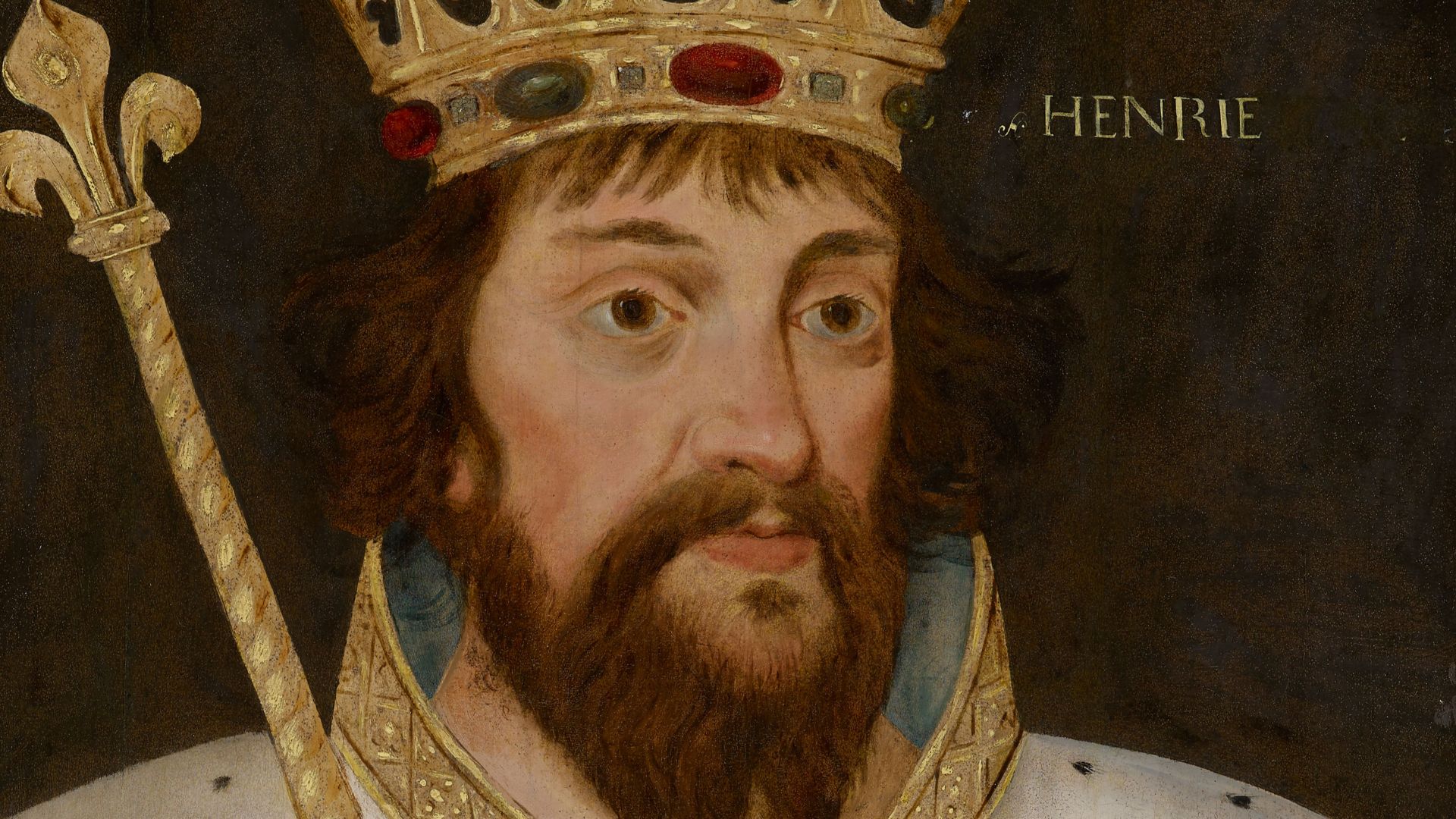 Georgemiller381, Wikimedia Commons
Georgemiller381, Wikimedia Commons
Precursor
The Charter of Liberties was a precursor to the Magna Carta—which was issued as a part of the peace treaty that ended the First Barons' War (which had been brought on by Pope Innocent III's annulment of the aforementioned Charter of Liberties).
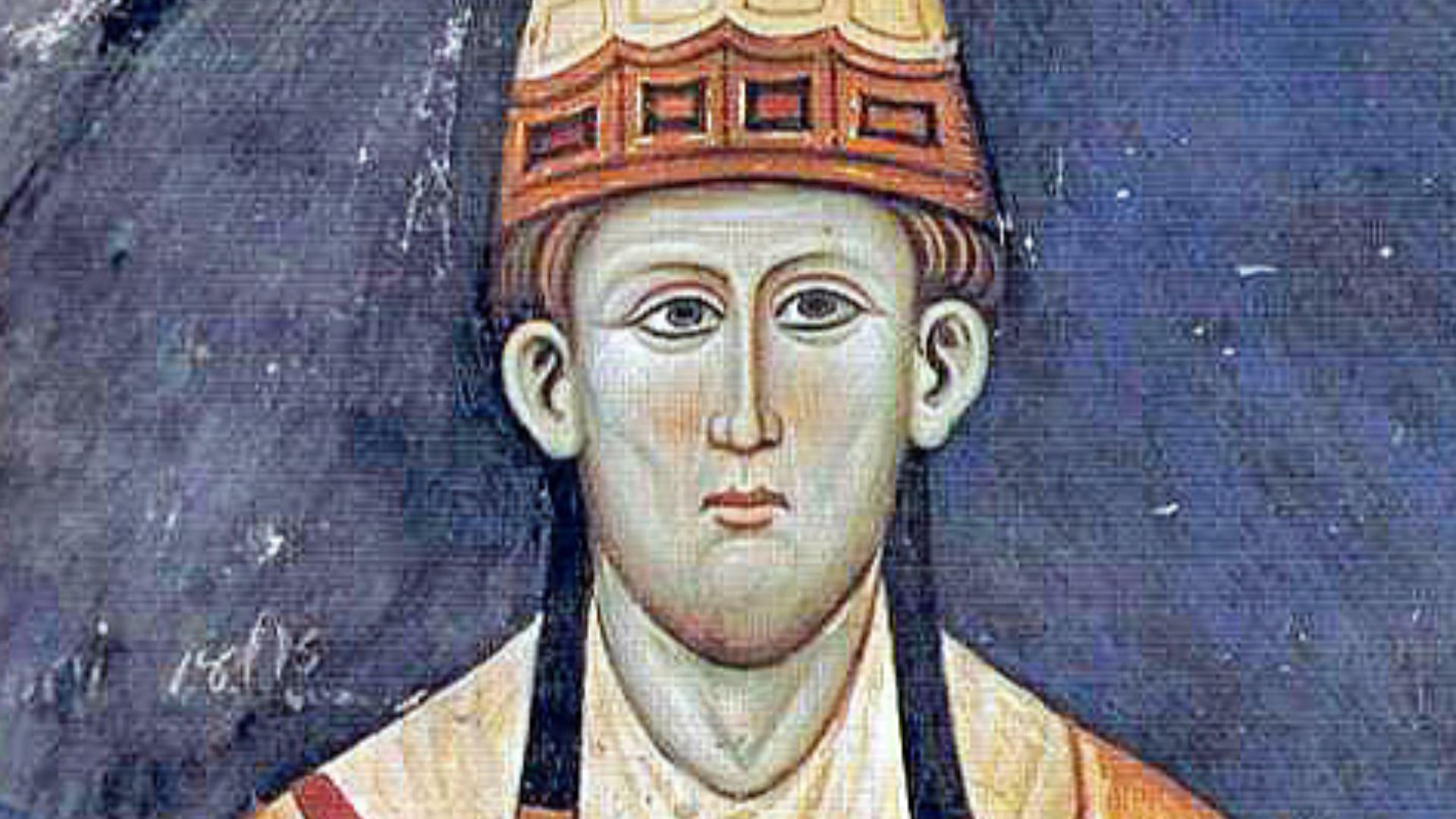 Unknown author, Wikimedia Commons
Unknown author, Wikimedia Commons
Importance Of The Magna Carta
While the original Magna Carta was very much focused on the relationship between the monarch and the barons (not ordinary people)—the charter has, since the 16th century, become almost synonymous with liberty and rights of the people.
The American Constitution
This political myth of the Carta was still going strong into the 1700s and was a major influence on the 13 American colonies and the formation of the US Constitution.
 Almanaque Lusofonista, Wikimedia Commons
Almanaque Lusofonista, Wikimedia Commons
The Most Famous
The document's importance really can't be overstated. To quote Professor Nicholas Vincent (who we will meet in a moment): "If you asked anybody what the most famous single document in the history of the world is, they would probably name Magna Carta".
Which brings us back to Harvard's purchase in 1946...
 Professor Nicholas Vincent on Magna Carta, Egham Museum
Professor Nicholas Vincent on Magna Carta, Egham Museum
What Did Harvard Think They Were Getting?
When they spent the 27 bucks in 1946, Harvard thought they were getting a copy of the Magna Carta dated from around 1327. Pretty old, but definitely not an original copy from over 100 years earlier...right?
In fact, it was described as such in an auction catalog: "copy made in 1327… somewhat rubbed and damp-stained".
But is it?
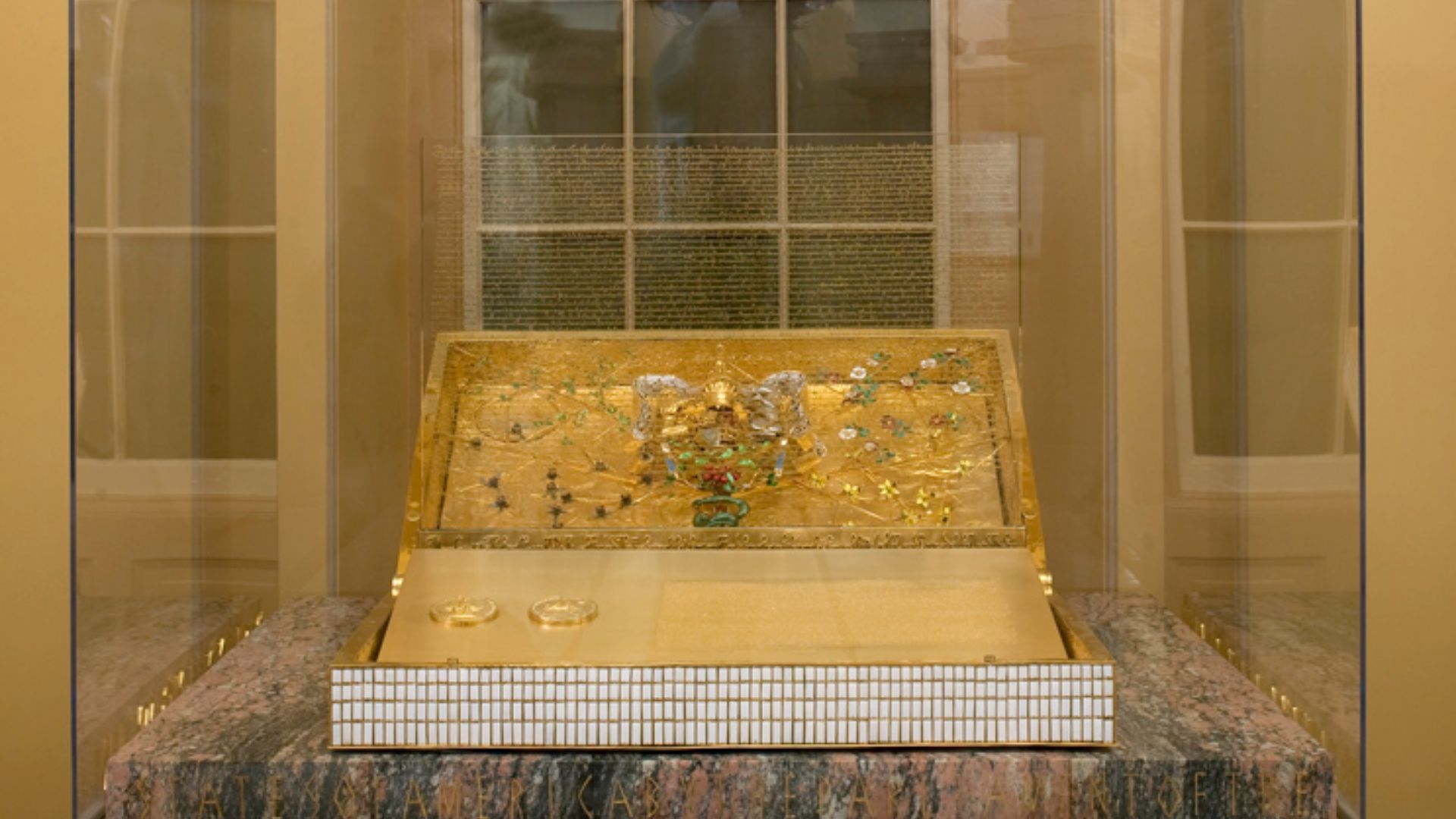 Architect of the Capitol, Wikimedia Commons
Architect of the Capitol, Wikimedia Commons
New Discovery
For years, the "copy" was locked away and no one thought much of it beyond what it was thought to be. That is, until two medieval history professors took another look at it and made an amazing announcement...
Not A "Copy" After All
David Carpenter, a professor of medieval history at King’s College London, and Nicholas Vincent, a professor of medieval history at Britain’s University of East Anglia, spent some time with the document and declared it to be an original version from 1300.
 Professor David Carpenter, Egham Museum
Professor David Carpenter, Egham Museum
Multiple Originals
While the first Magna Carta was issued in 1215, there were five other editions written over the decades by successive kings throughout 1300—this is the last time the full Magna Carta was set out and authorized by the king’s seal.
According to Professor Nicholas Vincent: "There may have been 200 originals".
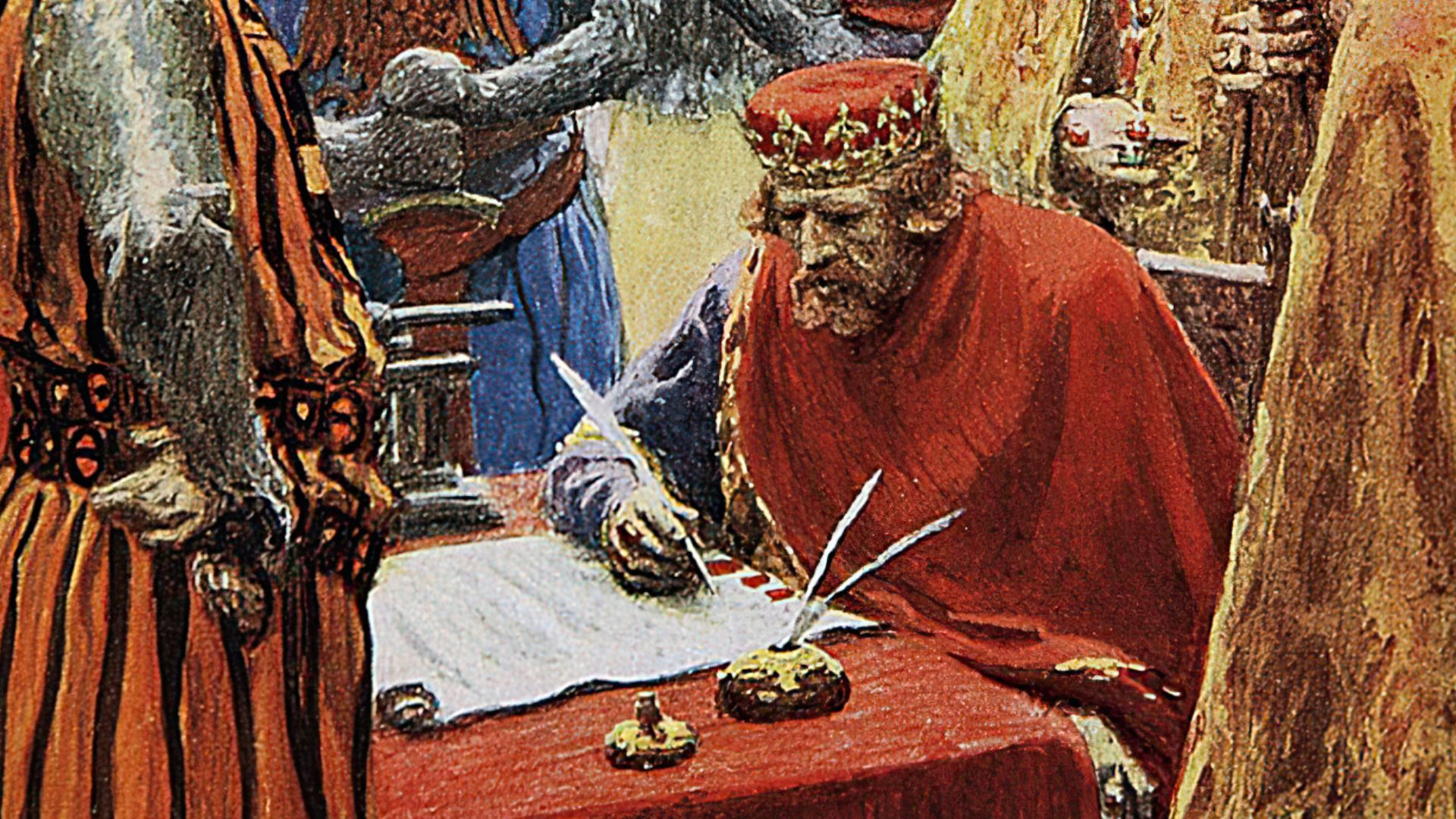 Arthur C. Michael (d. 1945), Wikimedia Commons
Arthur C. Michael (d. 1945), Wikimedia Commons
How Many Known Originals?
There are 24 original versions issued from 1215 to 1300 that are known to have survived. Well, let's make that 25.
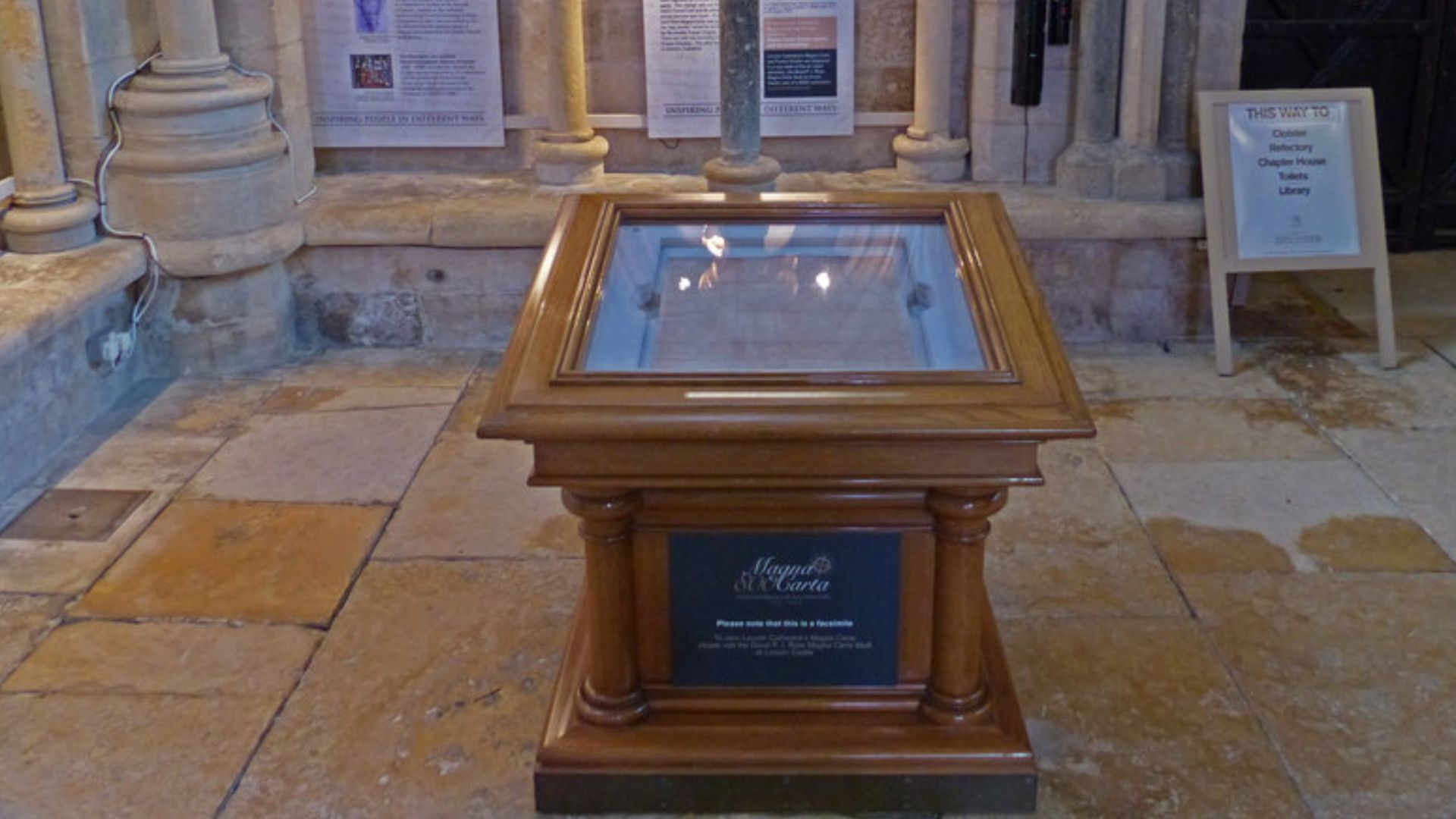 Mat Fascione , Wikimedia Commons
Mat Fascione , Wikimedia Commons
How Many Known Originals?
Up until this latest discovery, there were only four copies of the 1215 original and six copies of the 1300 version known to exist. So, now we can make that seven.
Where Are They?
While most of the 24 surviving copies are in the UK, two are held in Washington DC's National Archives and there is one at Parliament House in Canberra, Australia. And now one is at Harvard as well.
But how did Carpenter and Vincent determine it was one of them?
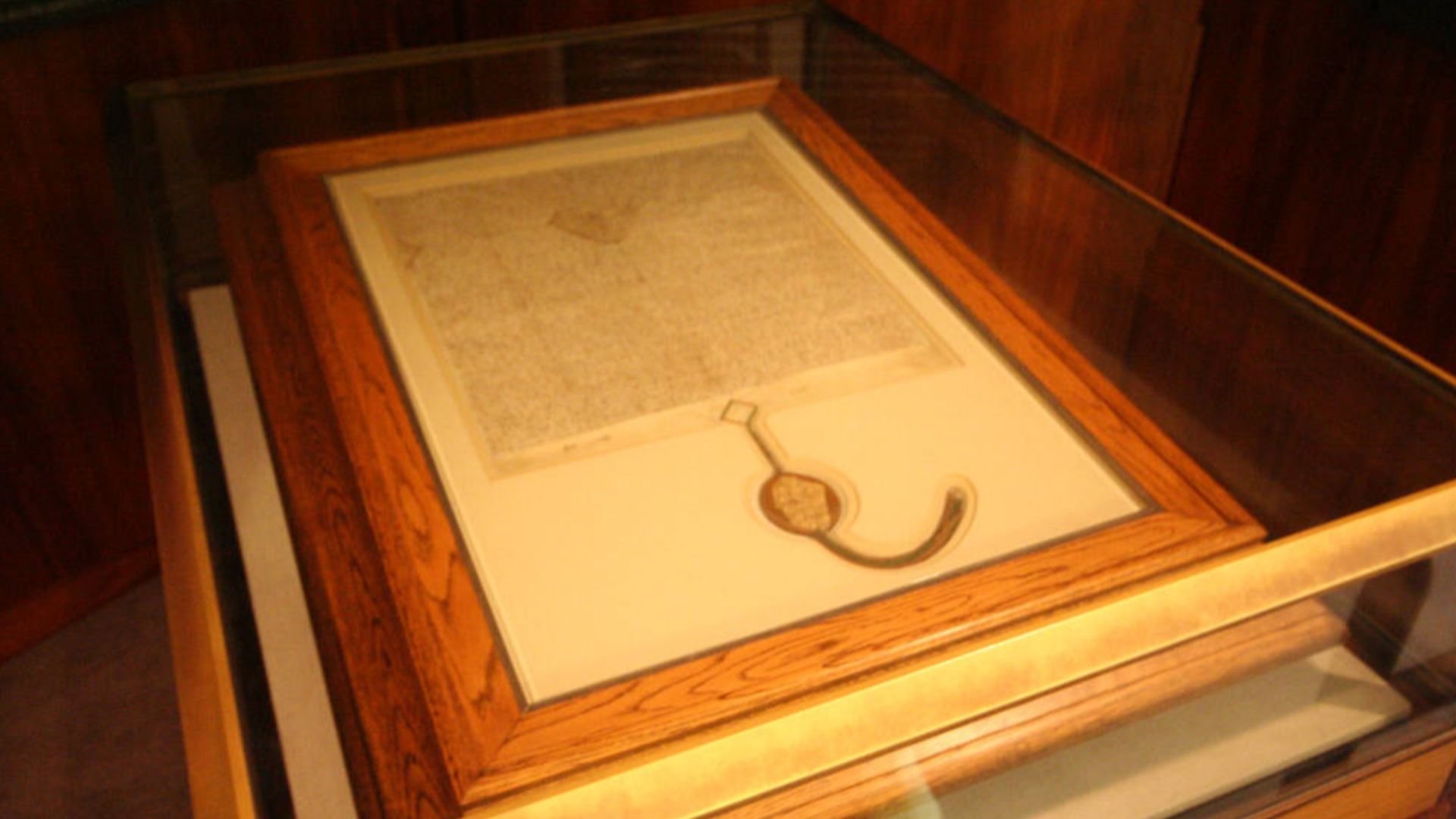 Wongm (Marcus Wong)., Wikimedia Commons
Wongm (Marcus Wong)., Wikimedia Commons
Confirming Authenticity (Size)
When it comes to the Magna Carta, it turns out that size matters. So, the first thing they did was compare it to the other six known 1300 originals and they found that the dimensions lined up.
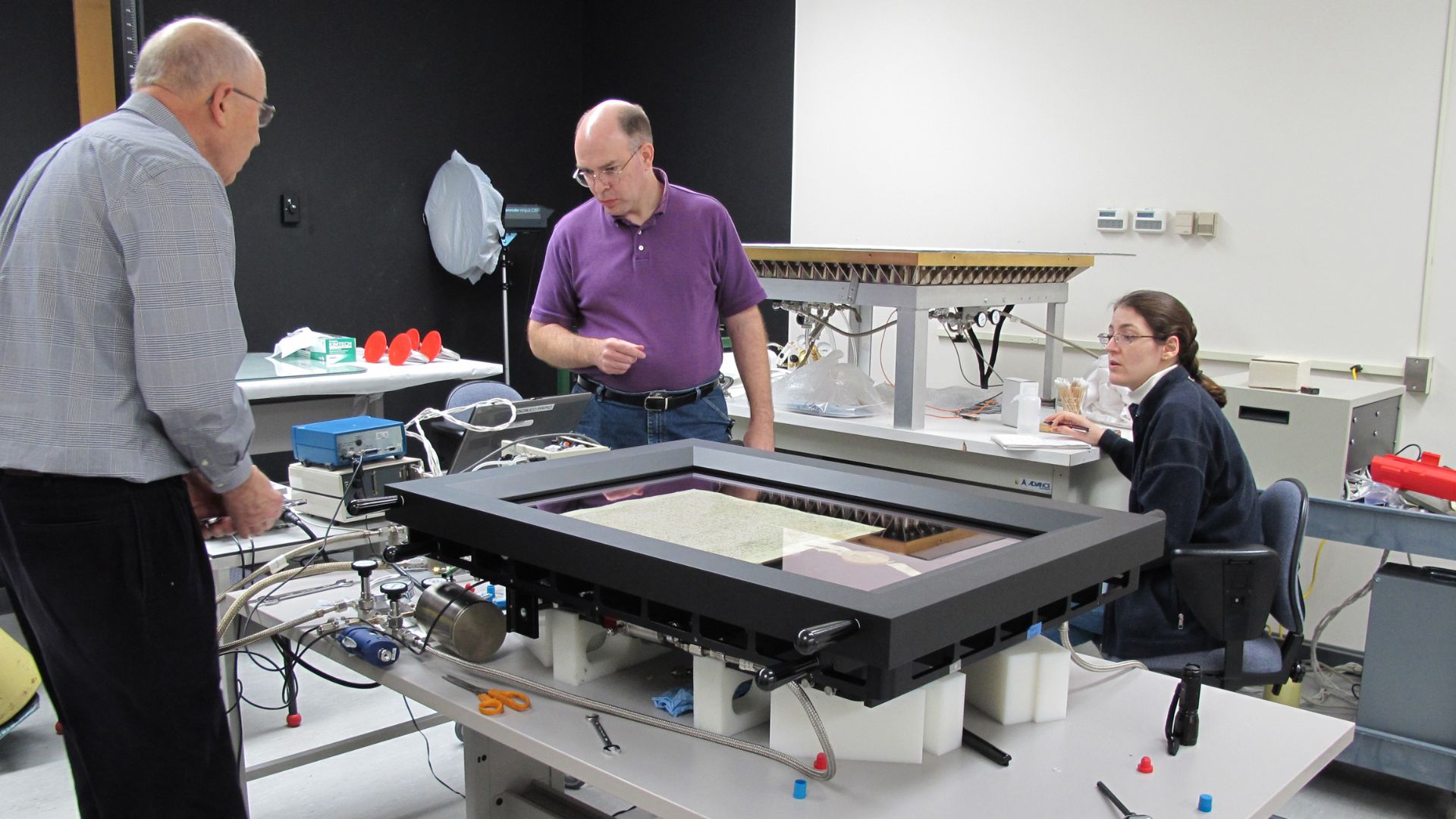 National Institute of Standards and Technology, Wikimedia Commons
National Institute of Standards and Technology, Wikimedia Commons
Confirming Authenticity (Text)
The next step was comparing the "copy" with the originals, word for word. They were able to do this using ultraviolet light and spectral imaging, which allowed them to pick up all the little details in the faded documents—stuff like a large capital "E" at the start in "Edwardus" and the elongated letters in the first line.
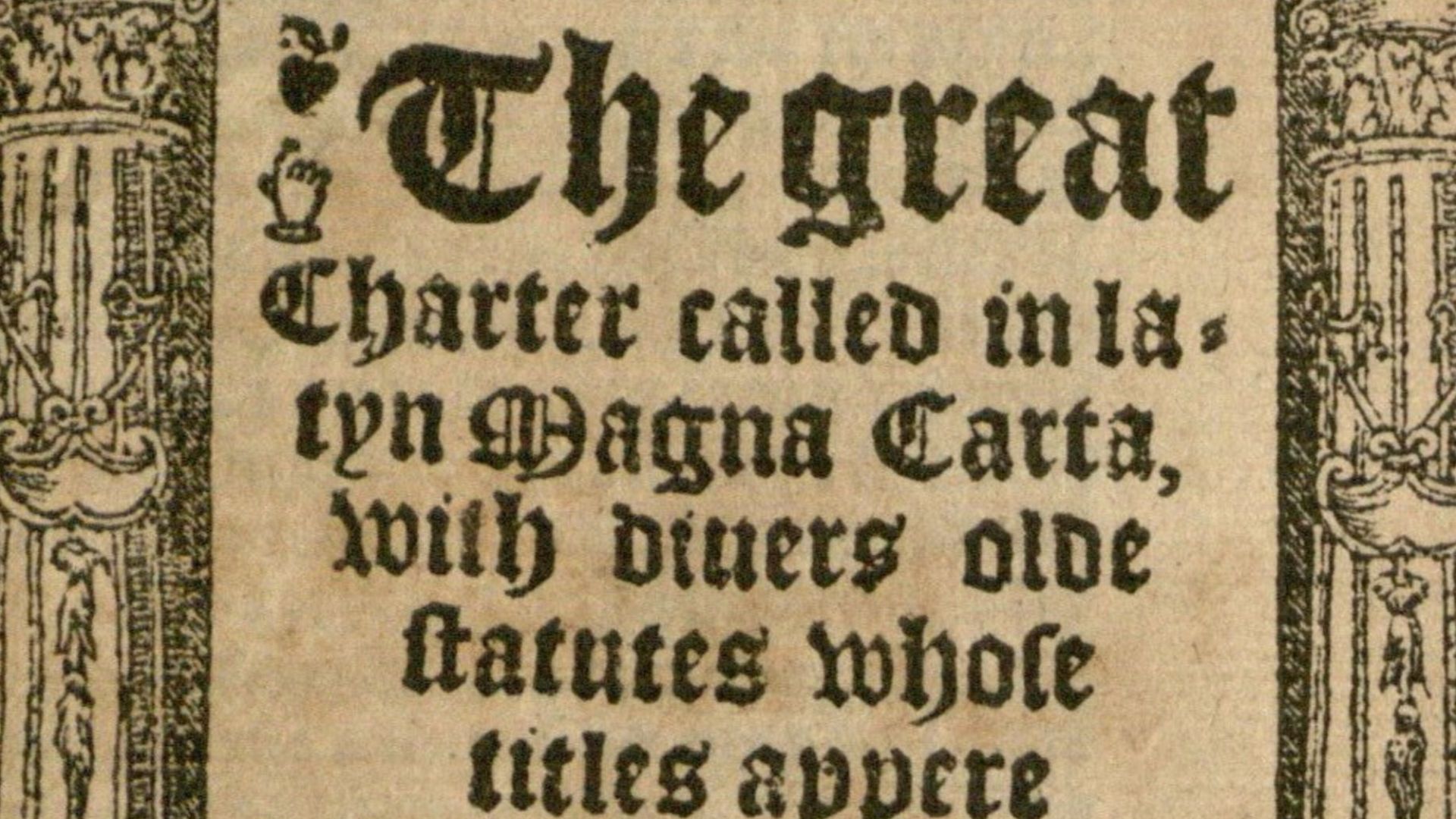 Yale Law Library, Wikimedia Commons
Yale Law Library, Wikimedia Commons
1300 Differences
There was a lot these professors had to examine and compare in order to give a true seal of authentication. You see, according to Professor Carpenter, the 1300 version of the Magna Carta is "different from the previous versions in a whole series of small ways"—and all of those differences "are found in every single one". And to quote Carpenter once again, the high bar of authenticity was passed "with flying colors".
 David Carpenter Explains How He Discovered an Authentic Magna Carta from 1300, Quest Means Business
David Carpenter Explains How He Discovered an Authentic Magna Carta from 1300, Quest Means Business
Reaction
What did Carpenter think about his discovery? "First, I’d found one of the most rare documents and most significant documents in world constitutional history...But secondly, of course, it was astonishment that Harvard had been sitting on it for all these years without realizing what it was”.
So, obviously Harvard got a good deal when they bought it for under 30 bucks. But, what is it actually worth?
 Harris & Ewing, photographer, Wikimedia Commons
Harris & Ewing, photographer, Wikimedia Commons
Value?
Well, let's put it this way: A 1297 version of the Magna Carta sold at auction in 2007 for $21.3 million.
Not that Harvard has any plans on selling it.
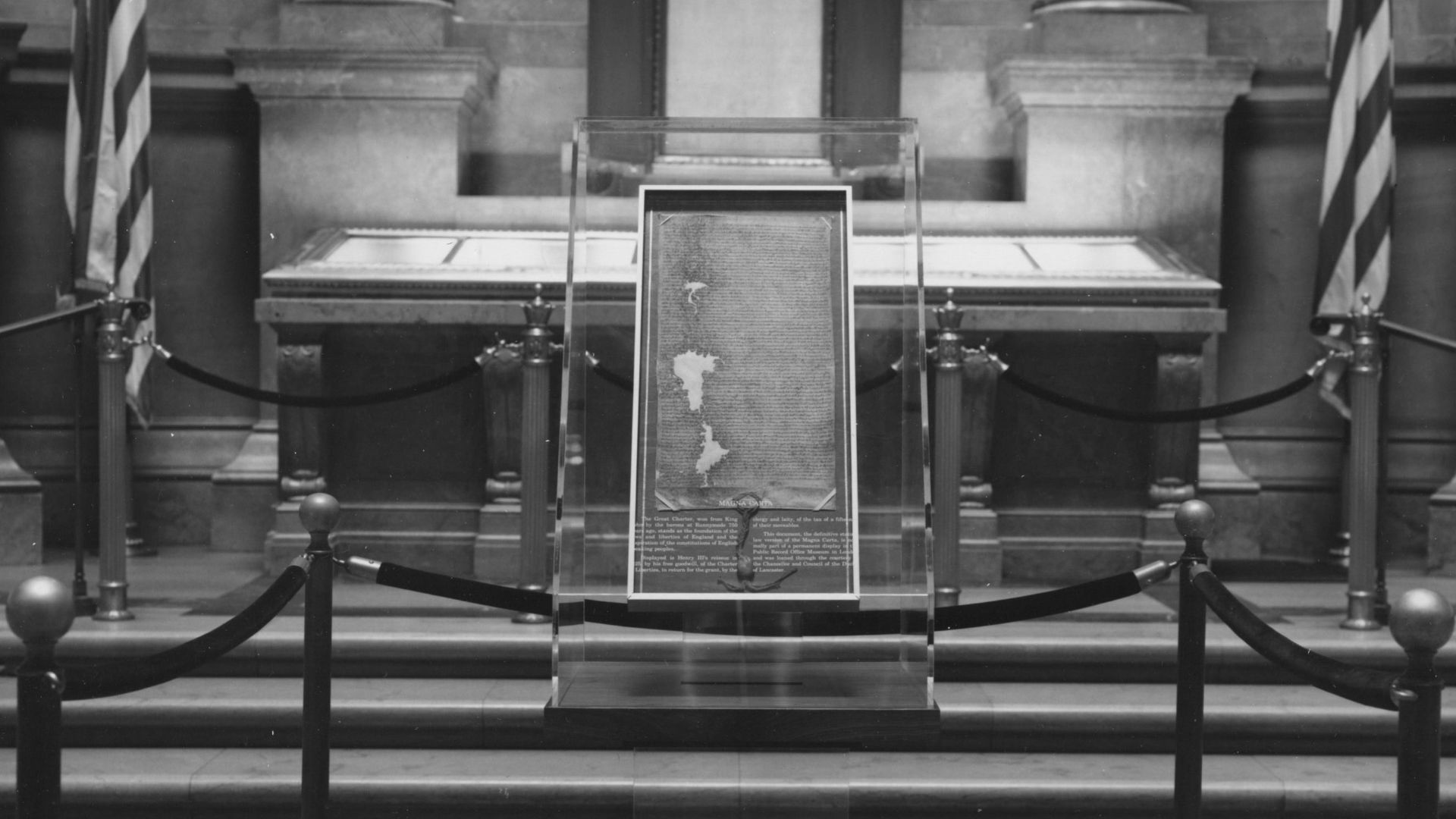 The U.S. National Archives, Wikimedia Commons
The U.S. National Archives, Wikimedia Commons
You Might Also Like:


